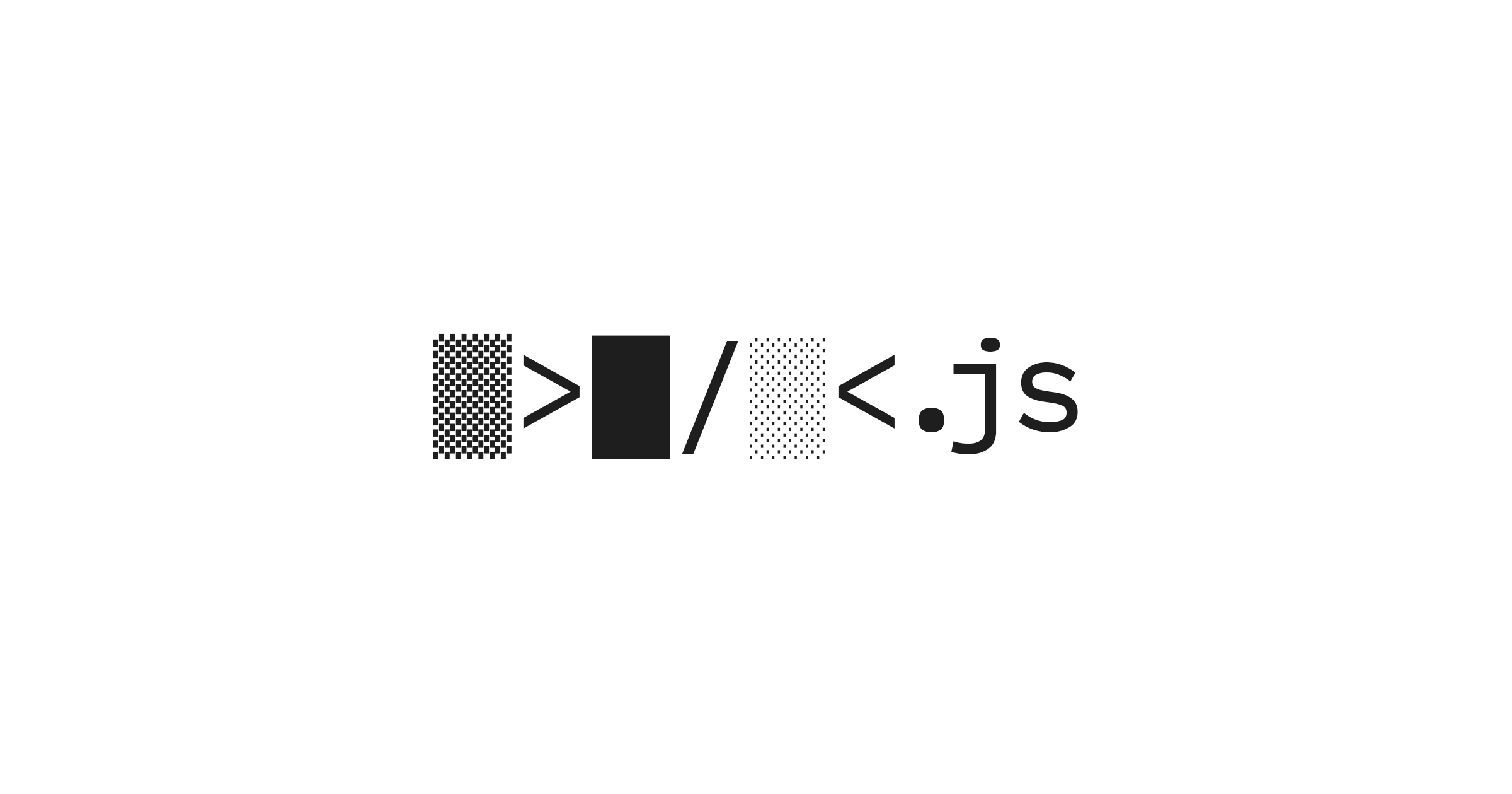baffle.js
A tiny javascript library for obfuscating and revealing text in DOM elements.
camwiegert.github.io/baffle

- ~1.8kb gzipped :zap:
- Dependency-free :tada:
- IE9+ :heavy_check_mark:
let b = baffle('.someSelector').start();
someAsyncFunction(result => {
b.text(text => result.text).reveal(1500);
});
Getting Started
Step 0: Install
Download the latest release or install with npm.
npm install --save baffle
Step 1: Reference
If you linked baffle directly in your HTML, you can use window.baffle. If you're using a module bundler, you'll need to import baffle.
let baffle = require('baffle');
import baffle from 'baffle';
Step 2: Initialize
To initialize baffle, all you need to do is call it with some elements. You can pass a NodeList, Node, or CSS selector.
let b = baffle('.baffle');
let b = baffle(document.querySelectorAll('.baffle'));
let b = baffle(document.querySelector('.baffle'));
Step 3: Use It
Once you have a baffle instance, you have access to all of the baffle methods. Usually, you'll want to b.start() and, eventually, b.reveal().
b.start();
b.stop();
b.once();
b.set({...options});
b.text(text => 'Hi Mom!');
b.reveal(1000);
b.start()
.set({ speed: 100 })
.text(text => 'Hi dad!')
.reveal(1000);
Options
You can set options on baffle during initialization or anytime afterward with baffle.set().
baffle('.baffle', {
characters: '+#-•=~*',
speed: 75
});
b.set({
characters: '¯\_(ツ)_/¯',
speed: 25
});
options.characters
The characters baffle uses to obfuscate your text. It can be a string or an array of characters.
Default: 'AaBbCcDdEeFfGgHhIiJjKkLlMmNnOoPpQqRrSsTtUuVvWwXxYyZz~!@#$%^&*()-+=[]{}|;:,./<>?'
options.exclude
These are the characters that baffle ignores in your text when obfuscating it. You can pass in an array of characters.
Default: [' ']
options.speed
This is the frequency (in milliseconds) at which baffle updates your text when running.
Default: 50
Methods
An instance of baffle has six methods, all of which are chainable.
###baffle.once()
Obfuscates each element once, using options.characters.
###baffle.start()
Starts obfuscating your elements, updating every options.speed milliseconds.
###baffle.stop()
Stops obfuscating your elements. This won't reveal your text. It will only stop updating it. To reveal it, use reveal().
###baffle.reveal([duration], [delay])
Reveals your text over duration milliseconds (default: 0), with the option to delay by delay milliseconds.
###baffle.set([options])
Updates instance options using the passed options object. You can set any number of keys, even while running.
###baffle.text(fn)
Updates the text in each element of your instance using function fn, which receives the current text as it's only parameter. The value returned from fn will be used as the new text.




